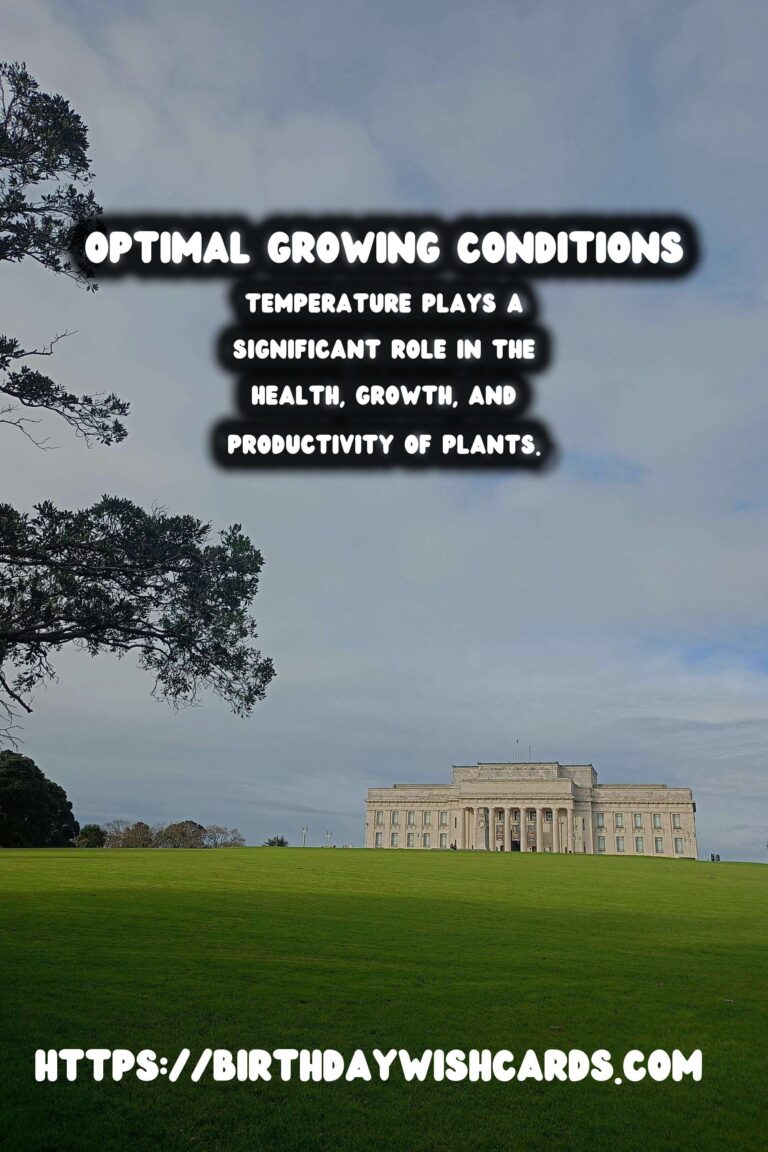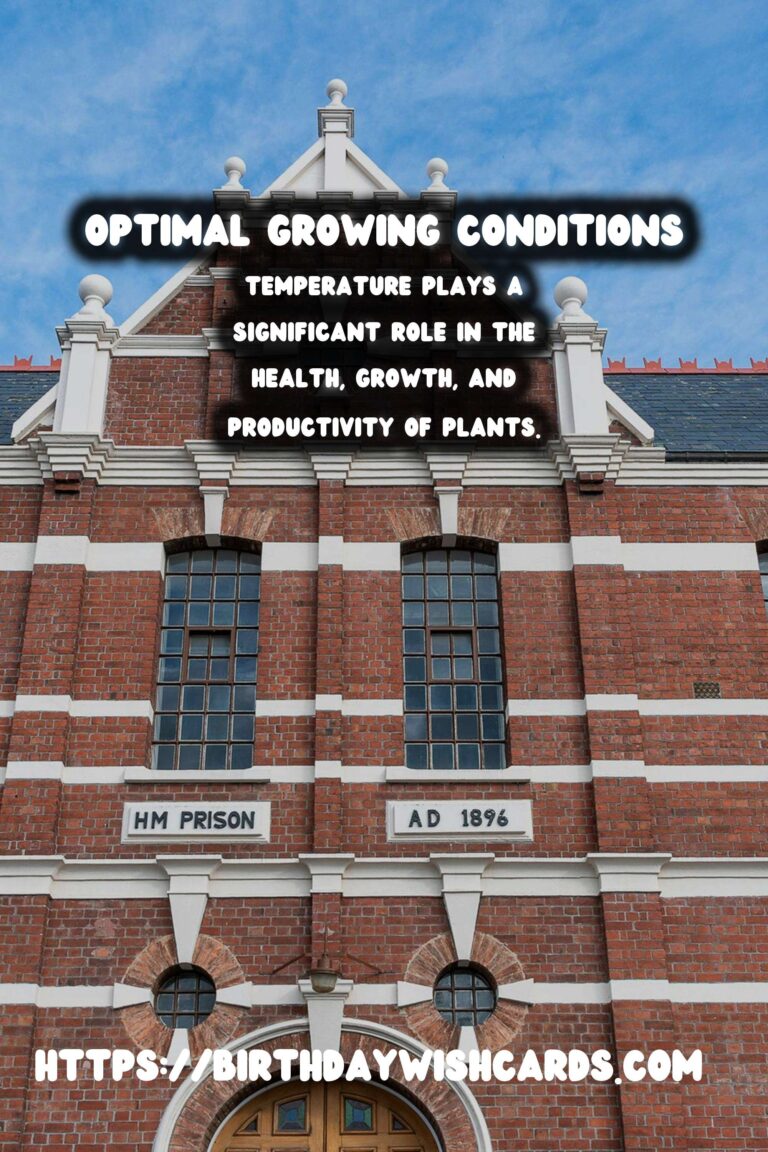
Understanding the temperature preferences of plants is crucial for anyone engaged in gardening or agriculture. Temperature plays a significant role in the health, growth, and productivity of plants. In this comprehensive guide, we will explore the optimal temperature conditions for various types of plants, the impact of temperature stress, and tips for maintaining ideal conditions.
Why Temperature Matters for Plant Growth
Temperature affects numerous physiological processes in plants. From germination to flowering and fruit production, temperature can influence metabolic rates, enzyme activity, and overall vitality. Plants have varying temperature needs depending on their species and growth stages, making it essential to understand and cater to these preferences.
Classification of Plants Based on Temperature Preferences
Warm-Season Plants
Warm-season plants thrive in higher temperatures, typically between 70°F and 90°F (21°C to 32°C). These include popular crops like tomatoes, peppers, and melons. They perform best when exposed to consistent warmth and are sensitive to cold temperatures.
Cool-Season Plants
Cool-season plants prefer temperatures ranging from 50°F to 70°F (10°C to 21°C). Commonly grown cool-season crops include lettuce, spinach, and broccoli. These plants can tolerate occasional frosts, making them ideal for early spring or late fall planting.
Understanding Temperature Stress in Plants
Temperature stress occurs when plants are exposed to temperatures outside of their optimal range. This can lead to reduced growth, leaf drop, and even plant death. High temperatures can cause increased water loss and sunburn, while low temperatures can lead to chilling injury and impaired cellular function.
Managing Temperature Preferences in Different Climates
Managing plant temperature preferences involves strategies tailored to your climate. In colder regions, using greenhouses or cold frames can create a controlled environment for warm-season plants. In hotter climates, providing shade and adequate irrigation can help cool-season plants thrive.
Tips for Monitoring and Adjusting Plant Temperature Conditions
- Use Thermometers: Regularly monitor temperatures in your garden or greenhouse to ensure they align with plant preferences.
- Mulch and Insulation: Apply mulch to regulate soil temperatures or use row covers to protect plants from sudden temperature drops.
- Proper Watering: Adjust watering schedules based on temperature, as hotter weather increases evaporation rates, requiring more frequent watering.
Conclusion
Understanding and maintaining optimal plant temperature preferences can significantly impact the success of your gardening endeavors. By classifying plants and tailoring management strategies to their specific needs, you can ensure a healthy and productive growing environment.
Temperature plays a significant role in the health, growth, and productivity of plants. Understanding and maintaining optimal plant temperature preferences can significantly impact the success of your gardening endeavors.
#Gardening #PlantCare

